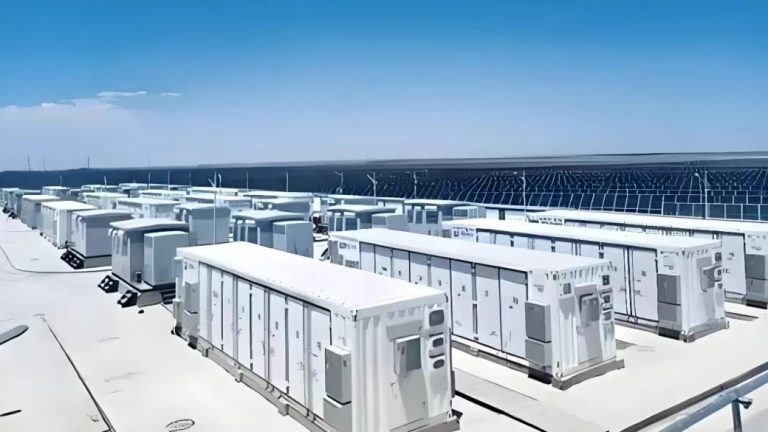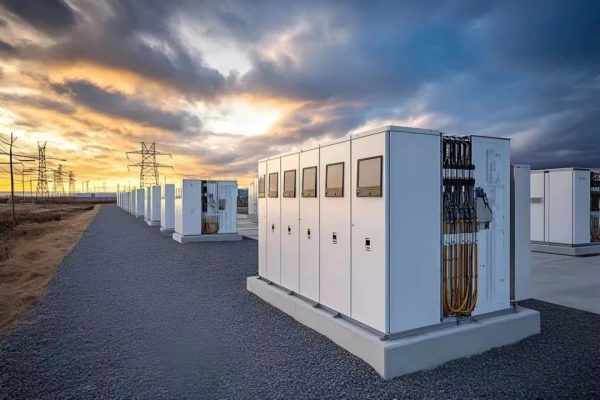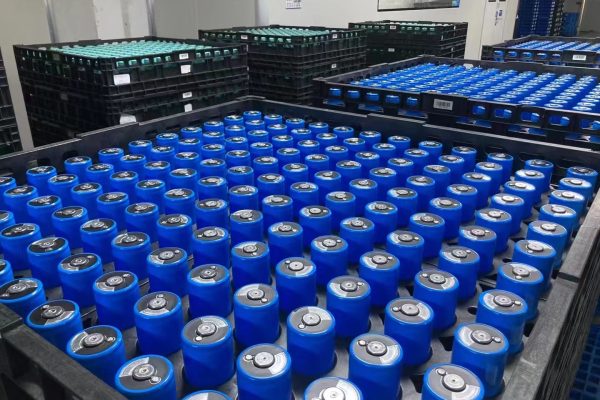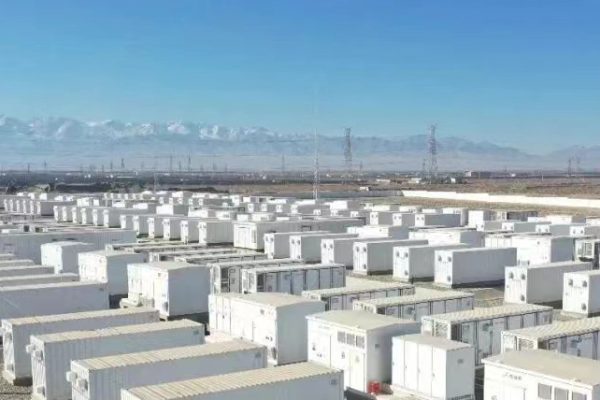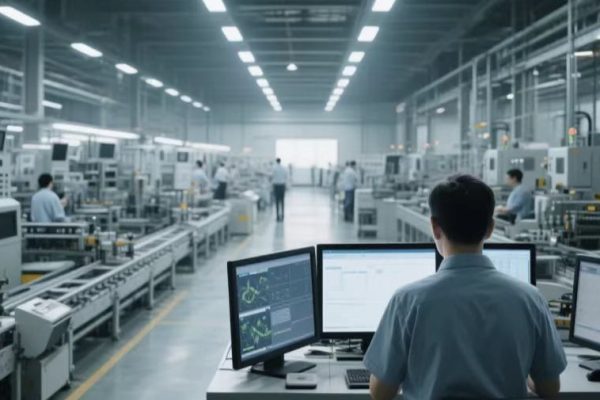Why Proactive Planning Prevents Downtime and Extends Battery Life
Introduction: Small Systems Still Need Smart Maintenance
When we think about maintenance in energy storage systems (ESS), our minds often go to large-scale containerized BESS or utility installations. But even 5kWh–50kWh systems — the typical size range for small commercial users, homes, or rural setups — require proper maintenance strategies. Not because they are overly complex, but because neglect leads to downtime, degraded battery life, and unhappy end users.
If you’re a system integrator, installer, or trade partner working with small ESS clients, helping them plan for predictable, lightweight, and affordable maintenance is part of delivering a complete solution — not just the hardware.
1. What Counts as “Small” Storage Systems?
We’re focusing here on:
- Residential systems (5kWh–15kWh)
- Small commercial/industrial systems (15kWh–50kWh)
- Modular systems in rural or off-grid applications
These systems may use wall-mounted batteries, cabinet-integrated hybrid inverters, or small racks. Their scale makes them accessible — but also prone to owner neglect if no service plan is provided upfront.
2. What Maintenance Means in Small ESS
Unlike traditional generators, most modern lithium battery-based systems are low-maintenance by design. However, this doesn’t mean zero attention. Key areas include:
| Component | Typical Maintenance Tasks |
|---|---|
| Battery Module | Check voltage balance, inspect for swelling or damage |
| BMS | Firmware update, alert log review |
| Inverter/PCS | Clean air filters, check for overheat warnings |
| Connections | Inspect terminals for corrosion or loosening |
| EMS/Monitoring | Ensure connectivity, sync data |
| Environmental | Check for dust buildup, temperature control |
The goal is to prevent faults before they occur — not wait for a red alarm.
3. Suggested Maintenance Intervals
| Task Type | Recommended Frequency |
|---|---|
| Visual inspection (dust, cable) | Monthly or Quarterly |
| Firmware/software check | Every 6 months |
| Battery balancing review | Every 6 months |
| Terminal torque check | Annually |
| Ventilation & temperature check | Every 3–6 months |
| Remote monitoring system test | Quarterly |
Integrators can simplify this by offering a template checklist or scheduled visits.
4. Typical Maintenance Issues in Field Installations
A. Dust Accumulation in Inverters (Especially Fan-Cooled Units)
→ In hot and dry environments, cooling efficiency drops fast if filters aren’t cleaned. This leads to derating or shutdown.
B. Battery Terminal Corrosion or Loose Screws
→ Caused by humidity or installer oversight. Small issues here create huge reliability problems.
C. Firmware Left Unupdated
→ Clients often lack the knowledge or interface access. This leads to compatibility or efficiency issues over time.
D. Dead Remote Monitoring
→ The Wi-Fi router changed, no one reconnected the EMS. Now the installer has no insight, and alarms go unseen.
5. Who Should Be Responsible?
For small ESS units, the end user rarely has technical background. That’s why:
- Installers should either offer a maintenance service or partner with someone who does.
- System integrators can build value by bundling a 1–3 year maintenance package.
- Foreign trade partners can prepare documents, checklists, or even video guides for local installers to pass on.
If no plan is offered, the default is neglect — and that erodes system lifetime and customer satisfaction.
6. Planning Maintenance from Day One
Here’s how to embed maintenance thinking into your sales and commissioning process:
✔ Include Maintenance Topics in Handover Training
Don’t just show them how to turn it on — explain what to look for every 3–6 months.
✔ Give the Customer a Physical Checklist or Wall Label
Simple printouts with “Every 3 Months” visuals go a long way.
✔ Use Remote Monitoring Wherever Possible
Wi-Fi or 4G modules let you detect early signs of imbalance or faults.
✔ Offer Optional Service Plans (Even if Outsourced)
This opens long-term revenue and customer stickiness.
7. Tools That Simplify Maintenance
| Tool Type | Example |
|---|---|
| Torque Wrench | To ensure proper tightness of terminals |
| Thermal Camera (handheld) | To identify hot spots or loose contacts |
| BMS Monitoring Software | For voltage, temperature, cycle history |
| Dust Filter/Brush Kit | For inverter or cabinet cleaning |
| Remote EMS Portal | Allows alerts, trend tracking, and remote diagnosis |
You don’t need a truckload of gear. Just smart tools for small systems.
8. Maintenance Considerations by Environment
| Environment | Special Maintenance Notes |
|---|---|
| Hot/Humid Regions | Focus on ventilation, corrosion, thermal cycling |
| Cold Climates | Check low-temp charging protection |
| Dusty/Rural Sites | Inverter cleaning, cabinet sealing |
| Urban Indoors | Watch for airflow obstruction, battery noise complaints |
Even a 10kWh system behaves differently in a 40°C shed vs. a 20°C living room.
9. Creating a Customer-Friendly Maintenance Culture
For many small business and residential users:
- Maintenance = Fear of technical complexity
- “If it’s working, I won’t touch it” = Normal mindset
That’s why your job as a trade or technical partner includes demystifying maintenance:
- Use simple language (“Check for loose cables” > “Inspect DC contact integrity”)
- Show photos in user guides
- Offer calendar reminders, QR code manuals, or WhatsApp support groups
10. Summary: It’s Not Just Selling Batteries — It’s Ensuring They Last
Small energy storage systems don’t need heavy maintenance — but they need a plan.
Whether you’re a foreign trade company, installer, or integration partner, providing that plan makes you more than a vendor. It makes you a long-term energy partner.
In a competitive market, that’s your real edge.





